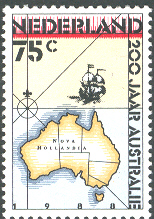| The 16th century has been the century of discoveries in
America; the 17th century will see the first expeditions to find what was
called the Terra Australis, the austral continent which must equilibrate
the earthly sphere.
Duyfken (Little Dove) was a vessel of about 20 metres length on the waterline with a crew
of 20. She was the first recorded European vessel to visit Australia. Captained by Willem
Janszoon, Duyfken sailed from the Indies in November 1605 exploring beyond the southern
coast of New Guinea. Janszoon's first Australian landfall was at the Pennefather River on
the western shore of the Cape York Peninsula. Janszoon and his crew sailed south as far as
Cape Keerweer (Turnabout) then turned north to survey the Cape York coast and Torres Strait
islands. They charted over 300 kilometres of a coastline which they regarded as Nova Guinea,
a mythical source of gold connected to the great southern continent Terra Australis Incognita.
|

Duyfken replica was launched at Fremantle in 1999
|
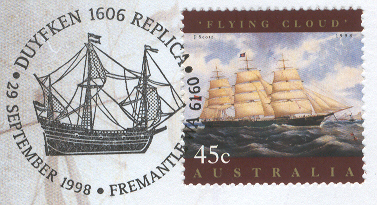 |
|
In 1616, Dirk Hartog discovers on EENDRACHT the western coast of Australia where wrecks the East Indiaman BATAVIA
commanded by Francisco Pelsaert on 4 June 1629: the Dutch land
on the austral continent by accident. |
|
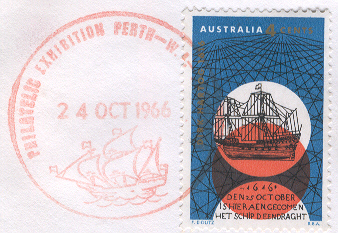
|
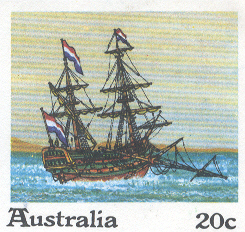
|
|

BATAVIA (Length 150', 600 Gt) wrecks on Houtman Abrolhos islands
|
|
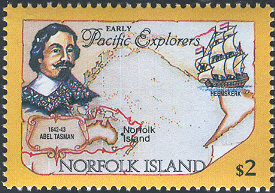
|
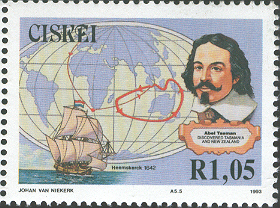
|
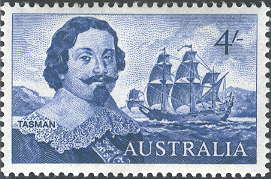 |
|
In 1642, the Dutchman Abel TASMAN fits out HEEMSKEERK
and the flute ZEEHAEN
to sail round the South of Australia, to sight Van Diemen's land (later
renamed Tasmania) and New-Zealand. |
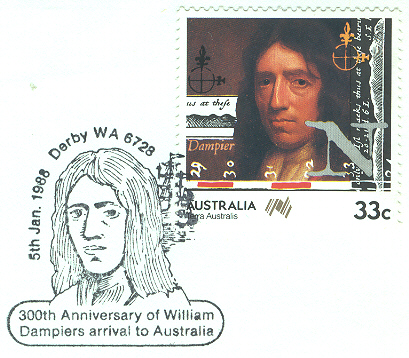 |
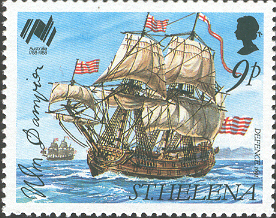
|
| In 1688, Dampier had sailed from Mexico to the Philippines in
Cygnet,
subsequently landing on the coast of Australia for repairs. Dampier prepares
next an expedition to explore Australia and New
Guinea.
He arrives with
ROEBUCK on August 7 1699 with at Shark's Bay, near where Dirck Hartog had landed in 1616. A week later he sailed north, following the coast as far as Roebuck Bay (near
Broome, Dampier Land) before quitting the coast of New Holland on September 5.
|
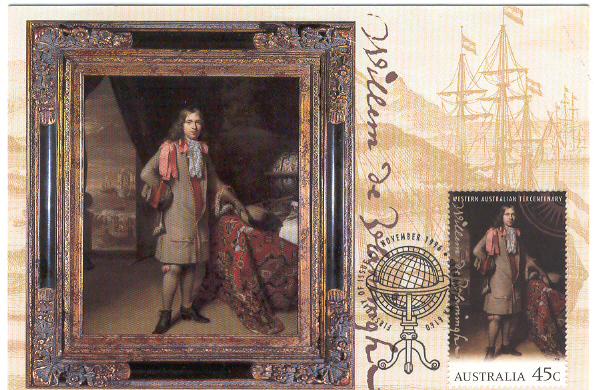
Willem de Vlamingh's voyage of exploration to the Great South Land (or
Eendrachtsland, as it was known to the Dutch) in 1696-97 was the last large scale
voyage of exploration to Australia under the flag of the Dutch East India Company.
De Vlamingh left the Netherlands with the frigate GEELVINCK, hooker Nijptangh and
galliot 't Weseltje on May 3 1696 and arrived at the island known to the Aborigines as
'Wadjemup' on december 29, renamed Rottnest.
Then, he explores the Swan River estuary and on January 30, Dick Hartog Island was sighted.
.
The fleet finally arrived in Batavia in the East Indies (Java) on March 17. On the way,
Christmas Island, then known as Moni, was sighted and a pinnace and a longboat
were sent to investigate.
|

|
 |
|
After 1750, several expeditions are organised to get out the the
mystery of Terra Australis, whicj may be placed on the South of the globe.
DOLPHIN and the corvette SWALLOW left together at
the end of 1766, get lost in the strait of Magellan. DOLPHIN
is a 24 guns frigate, one of the first Royal Navy ships to be cupper
doubbled; SWALLOW is a 14 guns corvette 28 m long. WALLIS lands
alone at Tahiti in June 1767 with DOLPHIN. CARTERET wilkl be the
first to sail through the strait between New-Britain and New-Ireland. |
|
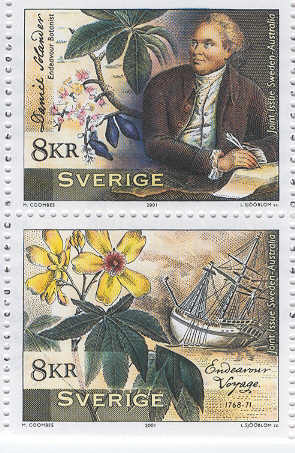
|
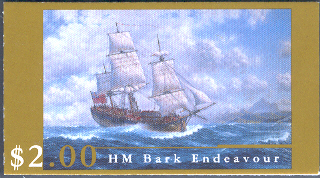
|
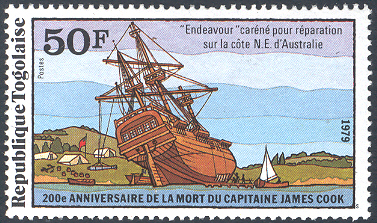 |
|
James COOK and his shipmates reach New Holland on 27 April 1770,
at the end of a first trip with ENDEAVOUR, a 371 tons
collier, 29.74 m long. They call in a bay where the scientists Solander
and Banks gather a lot of plants ; so Cook named it Botany Bay. The
expedition sails along the East coast of Australia. On 10 June, an accident
on a reef obliges to repair ENDEAVOUR. Going South of New
Guinea, off cape York, the expedition loops his loop around the
world on 12 May 1771 after calls at Batavia and Capetown. |
|
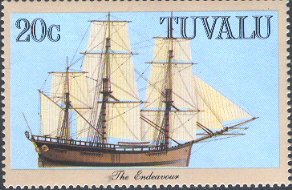
|
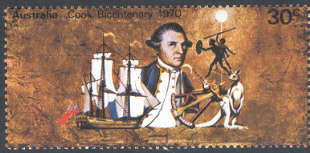
|
|
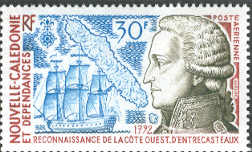
|
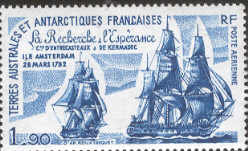
|
| In 1791, la Recherche and l'Espérance under command of admiral
Joseph Bruny
D'ENTRECASTEAUX and Huon de Kermadek go in search of Lapérouse's expedition. Tasmanian coasts and New-Caledonia are explored in
detail: Bruny island closing Adventure Bay, south of Tasmania where Cook
called in January 1777, Esperance bay and Recherche island in the South
West of Australia remind it. |
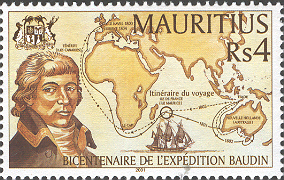 |
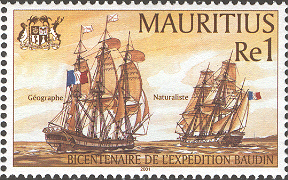 |
| Leaving Le Havre on
October 19, 1800, Nicolas Baudin leads Le Géographe and her storeship Naturaliste
sailing along the coast of Africa, calling at Mauritius. On June 1, 1801, the
ships came to Géographe Bay (which they named), near Cape Leeuwin, Australia.
Baudin will meet Flinders at Encounter bay, in the southern
Australia, near Adelaide. |
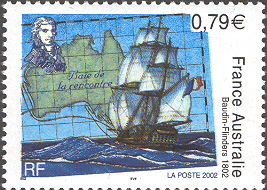 |
|
